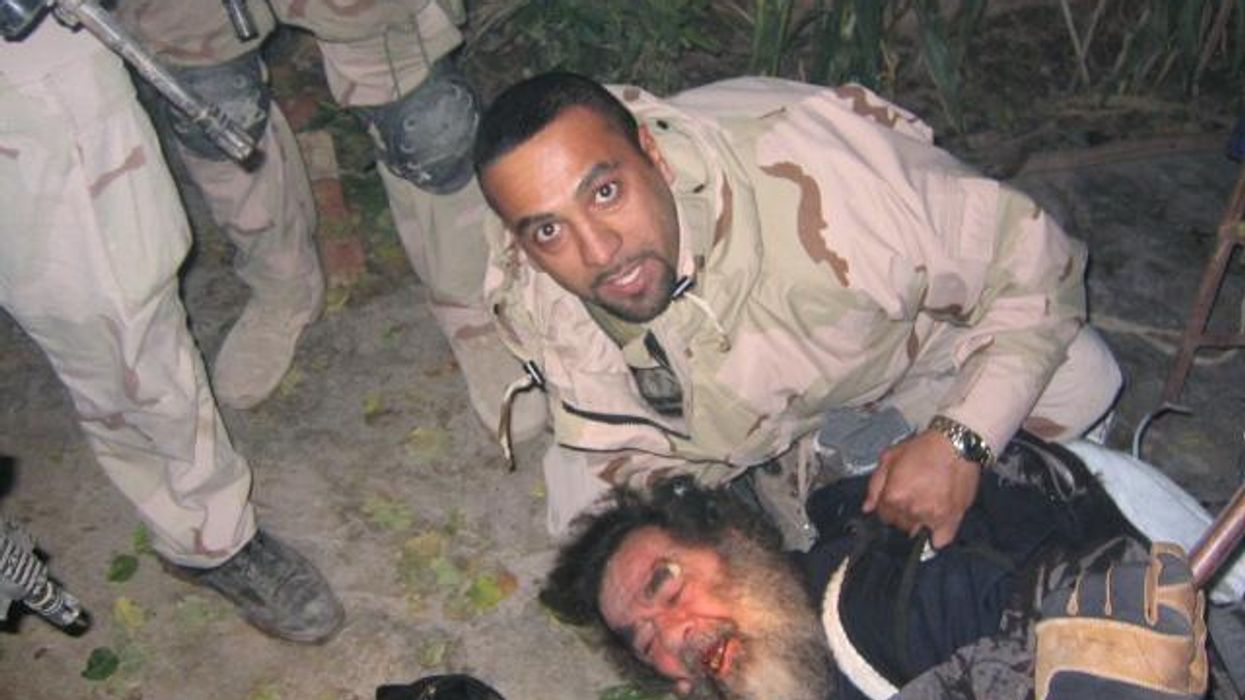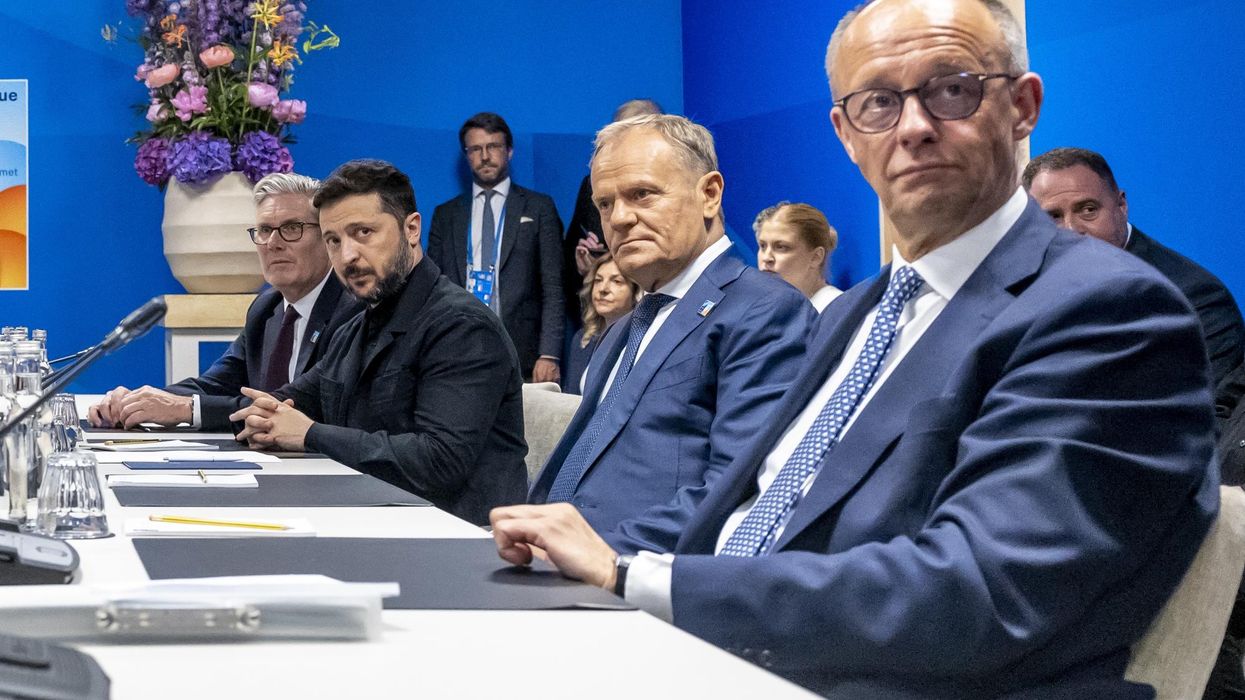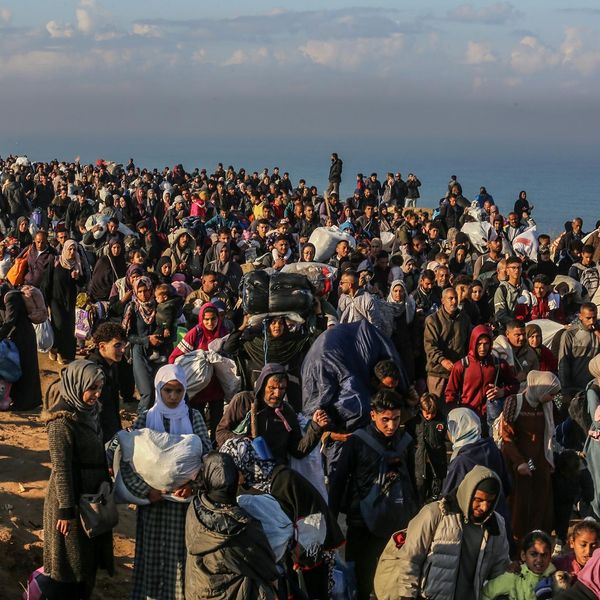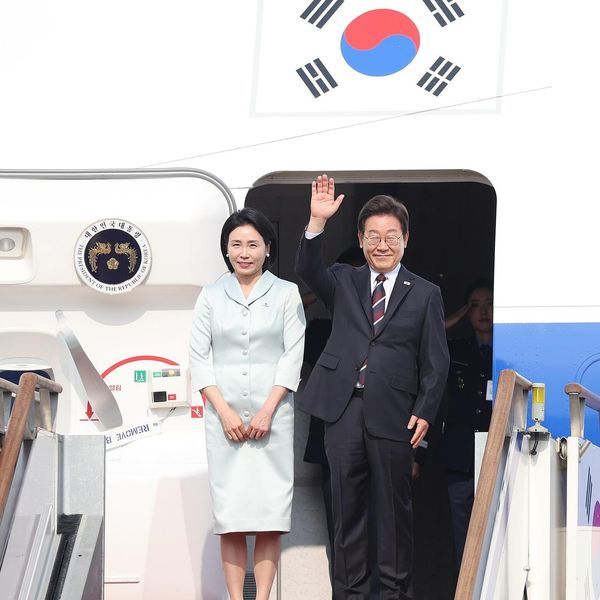As tensions mount in Eastern Europe amid questions about whether Russian President Vladimir Putin will order an invasion of Ukraine, a new poll has found that Americans don’t have much of an appetite to go to war to defend the former Soviet Republic, with a vast majority saying U.S. leaders should focus their attention on domestic issues.
According to a survey conducted by YouGov in conjunction with the Charles Koch Institute that was released on Friday, a plurality of Americans (48 percent) said they either strongly or somewhat oppose “going to war with Russia to protect Ukraine’s territorial integrity” should Russia invade. Just 27 percent favored such a move while 24 percent said they didn’t know.
Meanwhile, 73 percent agreed that the United States “should prioritize domestic issues over foreign policy issues,” and just 7 percent agreed that foreign policy should take precedence.
The poll also found little enthusiasm for increasing the U.S. military presence around the world, with 40 percent saying the United States should be less engaged, while 32 percent said it should remain about the same.
















